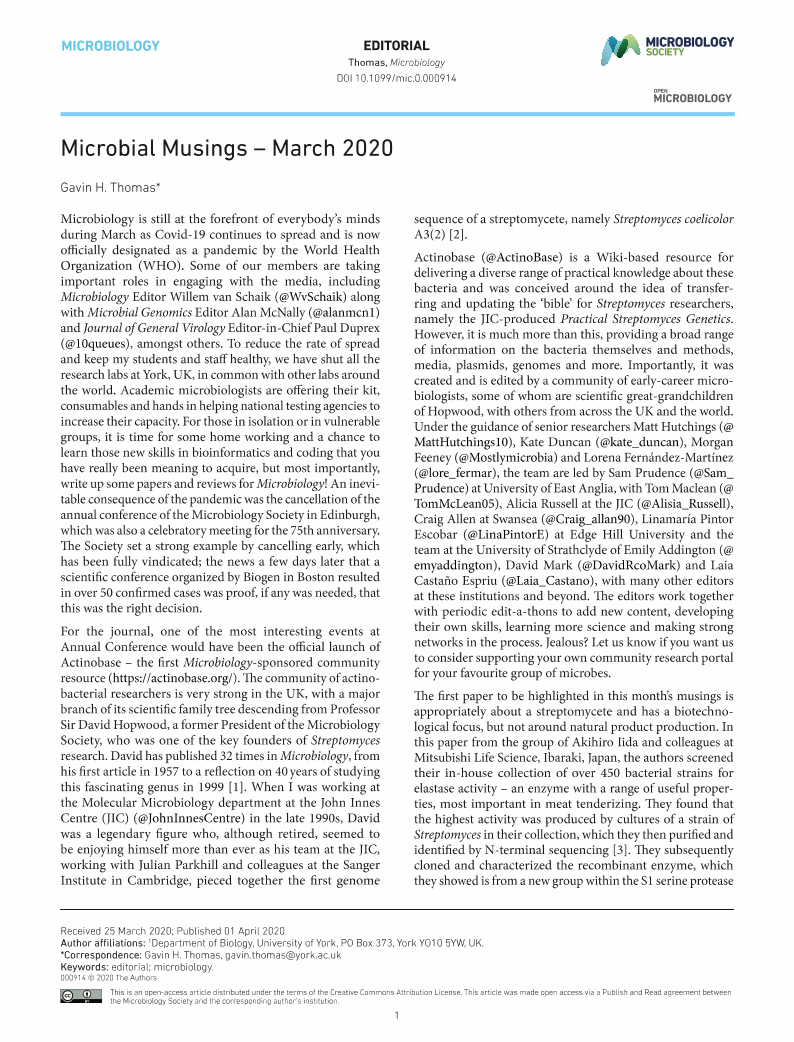
Full text loading...


Microbial Musings – March 2020, Page 1 of 1
< Previous page | Next page > /docserver/preview/fulltext/micro/166/3/227_micro000914-1.gif
There is no abstract available.

Article metrics loading...

Full text loading...
References

